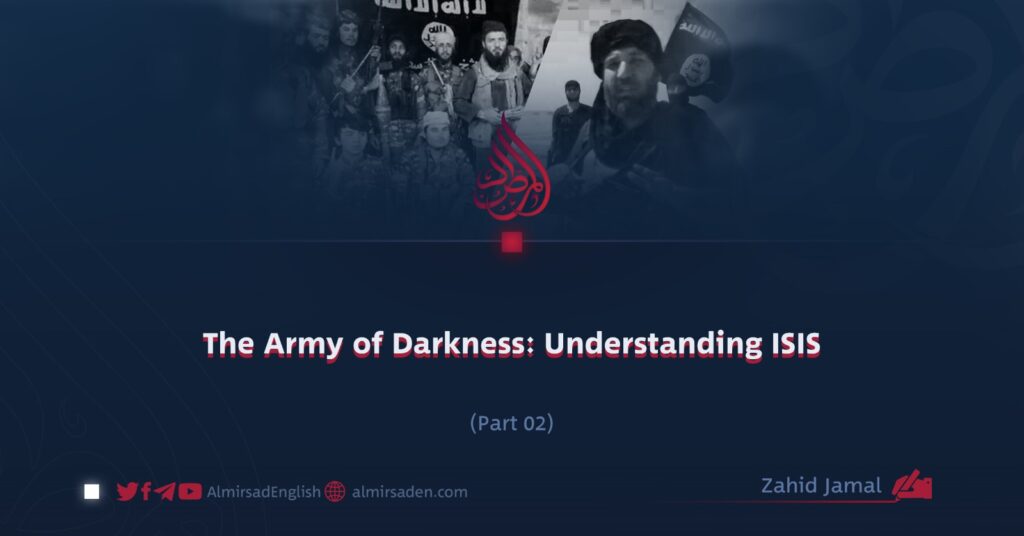Part 2
Zahid Jamal
ISIS Leadership, Structure, and Strategic Framework
As a self-proclaimed quasi-state, ISIS developed what appeared to be a sophisticated organizational structure. Yet, beneath the surface, leadership within the group was not determined by competence or administrative acumen but by unwavering loyalty to extremist ideology and a demonstrated capacity for terror. Promotions were earned not through strategic insight but through the willingness to commit atrocities such as mass executions, violent conquests, and systematic looting. In rapid succession, such individuals crowned themselves as “caliphs” of a fabricated and illegitimate caliphate, with their authority founded solely on brutality.
Abu Bakr al-Baghdadi epitomized this archetype: elusive, secretive, and largely absent from public view. While claiming to lead a global Islamic caliphate, he spent much of his rule in hiding, often in tunnels, and ultimately died by detonating a suicide vest, as did many of his successors. This recurring cycle of violent ascension and self-inflicted demise revealed a deeply flawed system in which power was sustained only through fear, and loyalty was measured by cruelty.
The leadership framework of ISIS rested on three main pillars:
– The Sharia Council, responsible for ideological indoctrination and religious rulings
– The Military Council, tasked with orchestrating campaigns of violence and plunder
– The Provincial Council, charged with overseeing governance in seized territories
While this tripartite structure suggested coherence, the reality was far more fragmented. ISIS functioned less as a unified entity and more as a loosely connected web of semi-autonomous cells, unified not by strategic coordination but by a shared reliance on terror, brutality, and criminal enterprise.
Across Iraq, Syria, Libya, and beyond, many of ISIS’s regional commanders were either career criminals or former Ba’athist military officers who manipulated ethnic and sectarian divides to gain power. During its peak, branches such as Boko Haram in Nigeria and IS-K in Afghanistan, while publicly pledging allegiance to the so-called caliphate, operated more like transnational crime syndicates that trafficked in humans and narcotics a under the guise of Islamic legitimacy.
ISIS’s strategic approach to leadership was rooted in two inherently contradictory principles: extreme centralization of authority and widespread operational decentralization. While figures such as al-Baghdadi, Abu Ibrahim al-Qurashi, and Abu al-Hassan al-Hashimi maintained tight control over symbolic and strategic decisions including flag designs and execution methods, local commanders were granted free rein to carry out any act of violence under the guise of jihad. This contradiction rendered the organization simultaneously rigid and anarchic, which proved to be a volatile combination that ultimately hastened its collapse.
Despite its grandiose rhetoric about establishing an “Islamic state,” ISIS failed to deliver even the most basic public services in its territories. Clean water, electricity, healthcare, and education were virtually nonexistent. Its economic model depended entirely on looting, extortion, human trafficking, and enslavement, leaving nothing sustainable in its wake.
Following the fall of its territorial strongholds, ISIS transitioned into an underground insurgency. Figures like Abu Hafs al-Hashimi now operate in the shadows, relying on targeted assassinations, sporadic attacks, and digital propaganda rather than overt governance.
The legacy of ISIS offers a grim but clear lesson. A movement rooted in terror, delusion, and empty slogans may capture headlines and territory for a time, but it cannot endure. When even its leaders lack sincere conviction and its followers are bound by fear rather than faith, collapse becomes not just likely but inevitable.
